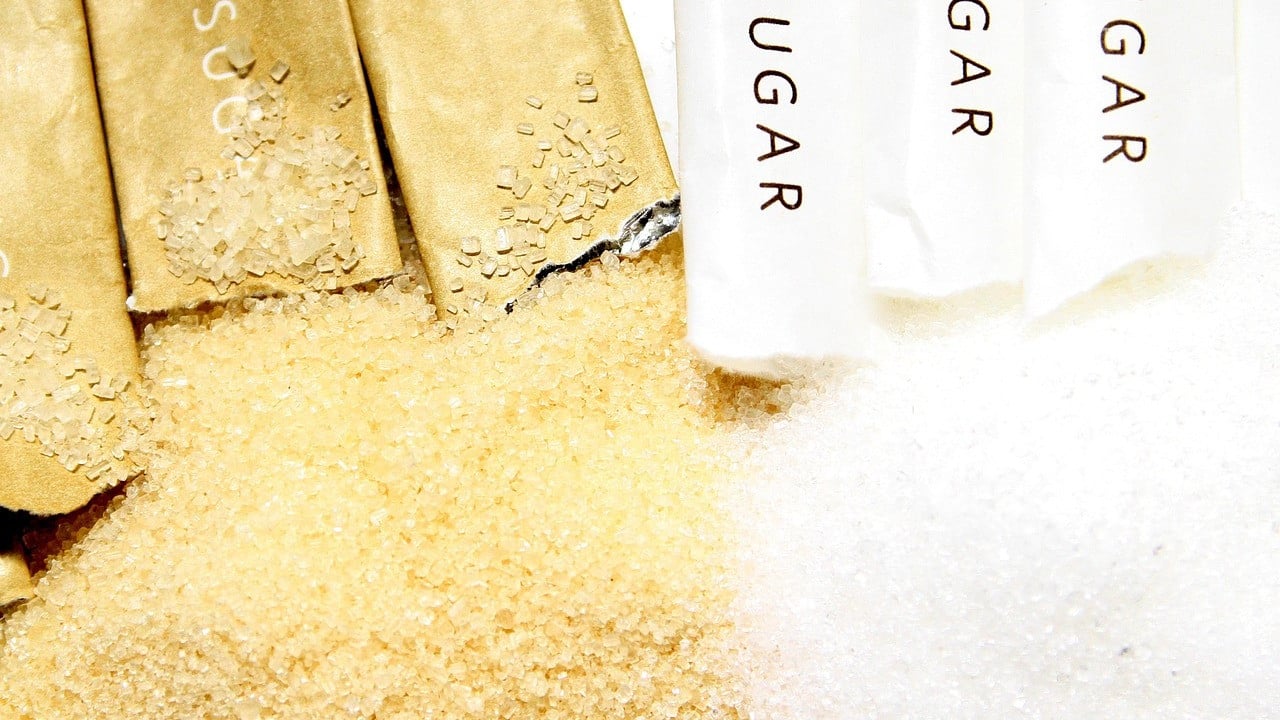The farming methods for beet sugar vs cane sugar contribute to differences in harvesting time.
The farming methods for beet sugar vs cane sugar contribute to differences in harvesting time.
Blog Article
Checking Out the Differences being used and Benefits In Between Beet Sugar Vs Cane Sugar
In the cooking world, the selection between beet sugar and cane sugar is not just regarding sweet taste yet involves a nuanced consideration of taste, application, and effect. While both sugars come from different plants, each undertakes one-of-a-kind production procedures that subtly affect their qualities and viability for various meals. As cooks and consumers significantly prioritize both the ecological and taste profiles of their active ingredients, comprehending these distinctions becomes critical. This exploration uses insight into just how each sugar type can best improve cooking developments.
Beginnings and Manufacturing Processes of Beet and Cane Sugar

Cane sugar, on the other hand, comes from the sugarcane plant, a tropical lawn indigenous to Southeast Asia however currently cultivated in tropical zones worldwide - beet sugar vs cane sugar. The production of cane sugar starts with the harvesting of cane stalks, which are crushed to launch the juice.

Nutritional Content and Health And Wellness Considerations

When comparing the dietary content of beet sugar and cane sugar, it ends up being evident that both types basically give the same calorie worths, with around 16 calories per teaspoon and no considerable nutrient variety. Both sugars, when consumed in excess, can add to raised blood glucose levels, a threat element for diabetes mellitus and various other metabolic disorders. From a health and wellness viewpoint, moderating intake of any kind of type of sugar, whether from beet or cane, is recommended to stay clear of these potential unfavorable results on health.
Flavor Profiles and Culinary Applications
Despite their comparable chemical structures, beet sugar and cane sugar differ discreetly in flavor, which can affect their use in various culinary contexts. Cane sugar often lugs a hint of molasses, also in its refined kind, offering a cozy, caramel-like undertone that enhances baked products, coffee, and chocolate-based dishes. On the other hand, beet sugar is identified by its extremely improved, neutral taste, making it a functional sweetener that does not modify the flavor accounts of dishes.
Environmental Influence and Sustainability
While both beet and cane sugars are stemmed from plants, their environmental effects vary substantially due to the distinctive methods of farming and processing required for next page each and every. Sugar beet cultivation commonly involves comprehensive automation, which can increase fossil gas intake and carbon emissions. Nonetheless, beetroots can be grown in cooler climates and need much less irrigation, potentially minimizing water use compared to sugarcane. Sugarcane, on the various other hand, is commonly grown in exotic areas where it relies heavily on watering and a much longer growing period, enhancing its water impact.
Moreover, the processing of sugarcane usually generates a substantial quantity of waste, consisting of bagasse, which, although functional as biofuel, often adds to air pollution if burned inefficiently. Sugar beet processing utilizes even more of the raw products, leading to less waste. Both markets face challenges in reducing their ecological footprints, but recurring technologies in farming methods and waste management are intending to improve sustainability.
Economic Elements Affecting the Sugar Industry
The financial dynamics of the sugar sector are substantially affected by worldwide market needs and trade plans. Factors such as tariffs, aids, and international profession agreements play vital roles fit the competitive landscape. In regions where sugarcane or sugar beet manufacturing is subsidized, producers might have an economic advantage that enables them to use reduced prices on the international market. This can develop disparities in productivity and market access for producers in nations without such subsidies.
Furthermore, variations in international demand for sugar, affected find by nutritional fads and commercial usage in foodstuff, straight impact prices and production levels. beet sugar vs cane sugar. Weather conditions likewise play an essential function, as they can dramatically influence plant returns and, subsequently, the supply chain. This Get the facts irregularity presents a degree of financial unpredictability that can cause financial investment volatility in sugar production markets, influencing decisions from planting to market strategy
Conclusion
In final thought, both beet and cane sugar have special high qualities that suit various cooking requirements. While cane sugar imparts a rich taste suitable for boosting baked goods, beet sugar's nonpartisanship is excellent for lighter dishes.
Report this page